Milwaukee groups seek to destigmatize mental illness in Black communities
As the number of suicides among Milwaukee County's Black residents rises in 2022, health advocates are working to provide resources for people seeking help.
Wisconsin Watch
December 21, 2022 • Southeast Region
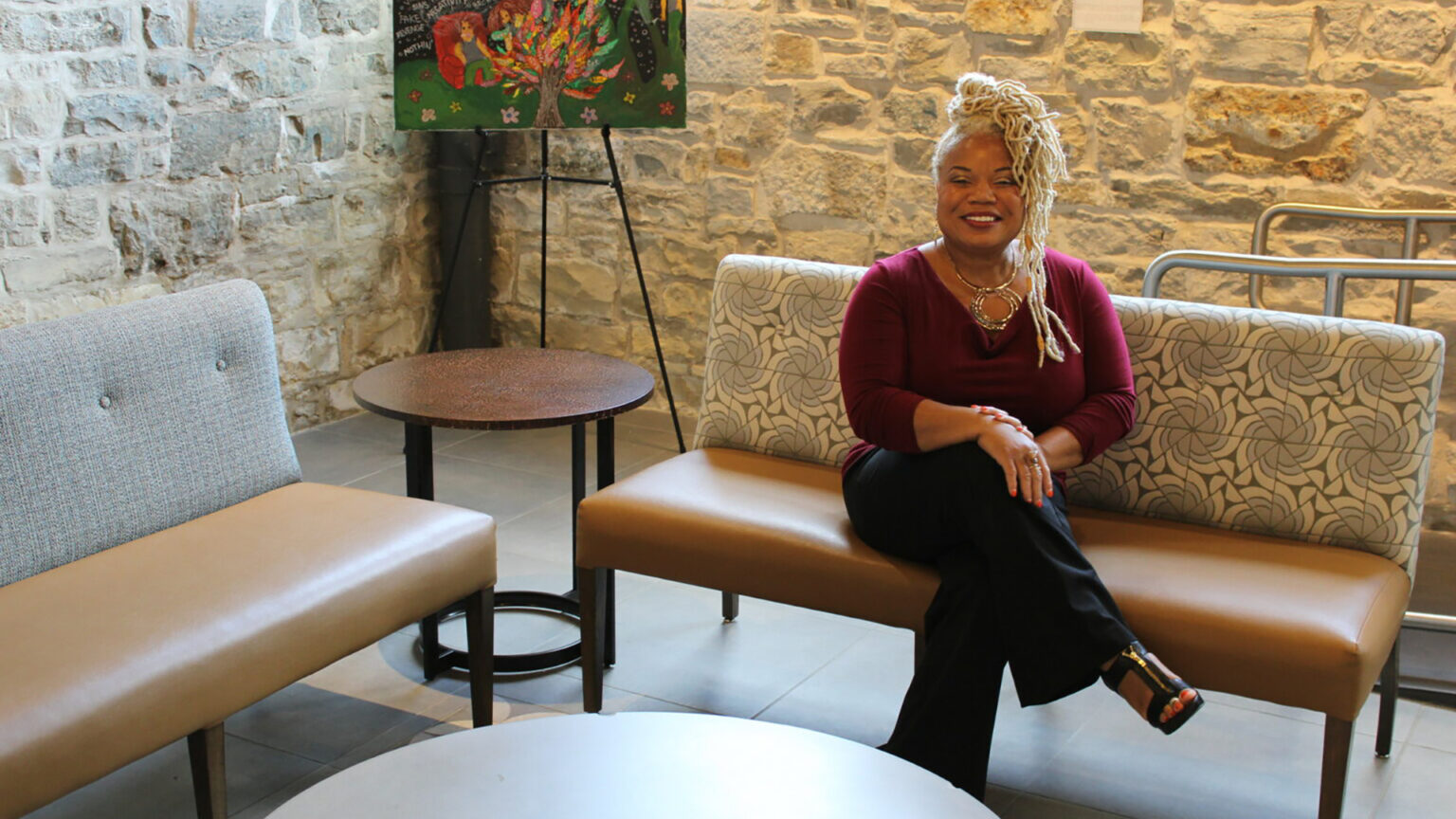
"Many times, for African-American people, their symptoms are not believed," says Dr. Lia Knox, co-founder of Black Space, an organization tailoring mental health support and events for communities of color. "Depression hurts, anxiety hurts … but doctors and nurses and clinicians may not believe these symptoms." (Credit: Matt Martinez / Milwaukee Neighborhood News Service)

Black residents, who make up the largest minority group in Milwaukee County, are committing suicide at a higher rate this year than in any other time during the past 10 years, according to data from the Milwaukee County Medical Examiner’s Office.
This alarming rate is consistent with a national crisis of suicide in communities of color – a trend that preceded, but was exacerbated by, the pandemic.
Since 2013, the average number of Black people who committed suicide each year in Milwaukee County, from January through September, was roughly 12 people.
In 2015, there was a low of five people during this time frame, but the number reached 23 people in 2022.
Asian/Pacific Islander communities also experienced a sharp increase in the percentage of people who are committing suicide.
In raw numbers, the average number of suicides in a year, from January through September, among Asian/Pacific Islander residents is roughly two people.
In 2022, the number of suicides was six.
The number of suicides for White and Hispanic residents is currently hovering around or below their respective 10-year averages.
Suicides among White residents peaked before the pandemic at 95, from January to September of 2017.
During that time frame in 2022, the number of suicides was 59, lower than the 10-year average of 67.
For Hispanic residents, the second-largest minority group in the county, the 10-year average for this time frame is roughly six people who have committed suicide during that span this year.
In March, County Executive David Crowley helped launch the Community Health & Healing Series, a series of talks and events addressing mental health for all residents in the county. The talks examined barriers to care and ways in which people can access services.
But the Medical Examiner’s data helps round out this picture.
The data shows that suicide affects every group in Milwaukee County, and it is rising among some minority groups.
Research indicates in the decade from 2010 to 2020, suicides grew dramatically for Americans of color but most dramatically among Black people.
As the crisis continues in Milwaukee, revealing its own trends and patterns, it is worth reviewing the barriers and resources specific to Milwaukee’s Black communities.
‘They didn’t understand how to care for Black people’
Imadé Nibokun, founder and executive director of Depressed While Black, a nonprofit addressing gaps in mental health services for Black people, is upfront about her own experiences with self-harm and the inability of the mental health care system to provide the support she needed.
“I’ve experienced a lot of times — a lot of different touch points — with the mental health system, and they didn’t recognize I was in distress because they didn’t understand how to care for Black people who are struggling,” Nibokun said.
The experience of reaching out for help but not getting the appropriate kind only deepened her crisis.
“When I got out of the hospital … I was more suicidal leaving than I was before,” Nibokun said. “I recognized that I asked for help and didn’t feel better – I felt so much more disappointed.”
“Many times, for African-American people, their symptoms are not believed,” said Dr. Lia Knox, co-founder of Black Space, an organization tailoring mental health support and events for communities of color. “Depression hurts, anxiety hurts … but doctors and nurses and clinicians may not believe these symptoms.”
This common experience breeds ongoing tension between Black communities and mental health systems.
“Historical dehumanization, oppression, and violence against Black and African-American people has evolved into present day racism – structural, institutional, and individual – and cultivates a uniquely mistrustful and less affluent community experience, characterized by a myriad of disparities including inadequate access to and delivery of care in the health system,” to a report from Mental Health America, advocacy group for people with mental illness.
Nibokun once told a therapist she was feeling suicidal. Shortly after, she took a nap, and, because her therapist couldn’t get a hold of her, the therapist called the police to do a wellness check.
“All I could see were their guns,” Nibokun said.
This is a typical example, she said, of the kind of mental health care Black people receive too often, a kind of “punitive care or carceral care – a type of care where the police and punitive measures are employed as the first and only intervention. And it can be terrifying.”
Knox said, in her experience, stigma around mental health within the Black community is yet another barrier that prevents Black people from getting help.
Many Black people “see it as a sign of personal weakness or moral failure … so we tend to press on,” she said.
During a discussion at one of the Community Health & Healing Series events, Crowley cited personal experience with this kind of stigma, referencing the mental health of a relative.
“When it came down to getting that individual some help, nobody wanted to touch it, because nobody wants to deem a person ‘crazy,'” he said.
Nibokun qualifies stigma, though, as a survival tool in the face of racism and discrimination.
“I often say that stigma is a response to structural inequality,” said Nibokun. “Historically, Black people were punished for expressing any mental distress.”
“There really hasn’t been a time in history where it’s been safe for Black people to say that they need help,” she added.
This trend, she said, continues to this day in other forms. If a Black person says they need help or are in crisis, “you may lose your kids or lose your job.”
Groups in Milwaukee respond
The pandemic, if it did anything, put an exclamation point on these discrepancies in risk factors for and resources available to Black people with mental health needs.
There are some important examples within Black communities in Milwaukee that are leading by example, including Black Space and Depressed While Black.
Knox and her colleagues have designed “therapeutic experiences” specifically to address these barriers.
The first order of business for Knox is to address the stigma head on and “normalize the discussion of mental health and wellness … and dispel the myths about mental illness,” she said.
As a Black clinician, Knox’s presence in the mental health space begins to do the work of normalization, as just over 4% of the psychology workforce in the U.S. is Black.
“At least 80% of people in our groups say they would love to have a therapist who looks like them,” Knox said.
Nibokun’s work grew directly from her own experiences with hospitalization and getting culturally incompetent care.
Through Depressed While Black, Nibokun works with psychiatric hospitals to give its Black patients hygiene kits with hair care and skin care items specifically tailored to their needs.
Not only does this allow “patients to live with dignity and care,” Nibokun said, but a patient’s discharge date from the hospital “is often connected to how you look. If you can’t groom yourself, your discharge date is pushed back.”
Nibokun also works to connect Black people to Black therapists – a connection that was key to getting her the help she needed.
“Despite the trauma I endured in the mental health system, I’ve been able to find Black mental health professionals who saved my life,” Nibokun said.
Milwaukee County is developing services according to the needs of the community, regularly “looking at data for deaths by suicide,” said Andrea Nauer-Waldschmidt, psychiatric crisis services coordinator for the county’s Department of Health and Human Services. Extending services to people who are incarcerated, as well as after their release, is one example, she added.
Other examples include offering suicide prevention programs aimed at youths and changes to the county’s access clinics, where outpatient crisis services are available, Nauer-Waldschmidt said.
The county relocated one of these clinics to an area that “had lack of availability of mental health resources and purposely found health partners within those communities,” Nauer-Waldschmidt said. “An individual having access to care closer to where they live is an important part of removing some of those access-to-care barriers.”
Where you can find help
- BlackLine: a non-police crisis line specifically for people of color: call 1-800-604-5841
- Milwaukee County Crisis Line: a local crisis line: call 414-257-7222 (available in English and Spanish)
- 988 Suicide & Crisis Lifeline, a national crisis line: call 9-8-8 (available in English and Spanish)
- Crisis Text Line: Text “HELLO” to 741-741
- Depressed While Black
- Black Space
- Darkness RISING Project, connecting Black people with Black therapists
- A detailed listing of Milwaukee County’s mental and behavioral support services
A version of this story was originally published by Milwaukee Neighborhood News Service, a nonprofit news organization that covers Milwaukee’s diverse neighborhoods. The nonprofit Wisconsin Watch collaborates with Milwaukee Neighborhood News Service, Wisconsin Public Radio, PBS Wisconsin, other news media and the UW-Madison School of Journalism and Mass Communication. All works created, published, posted or disseminated by the Center do not necessarily reflect the views or opinions of UW-Madison or any of its affiliates.
 Passport
Passport





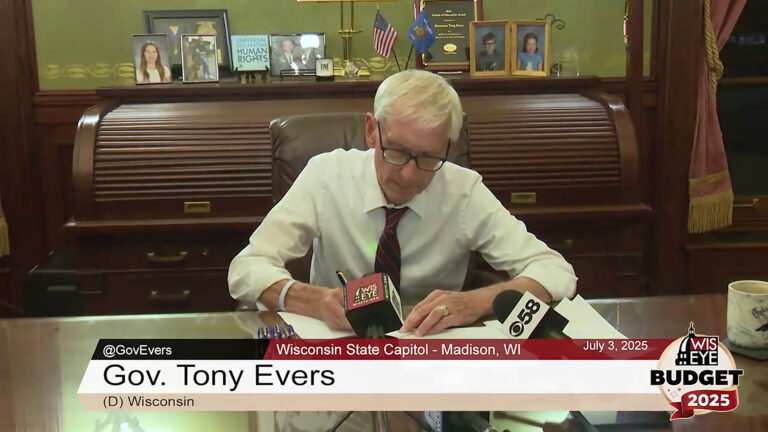
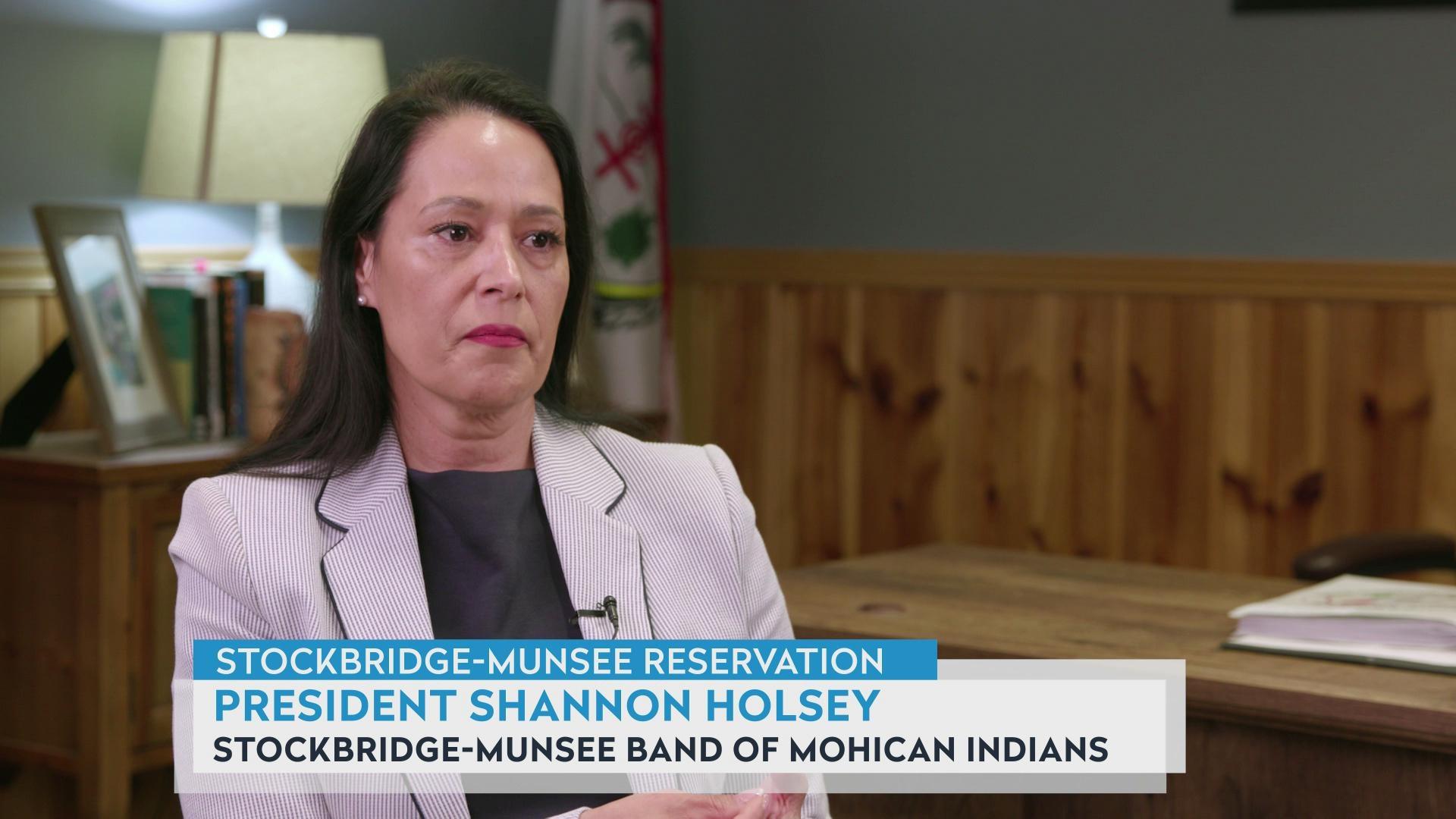
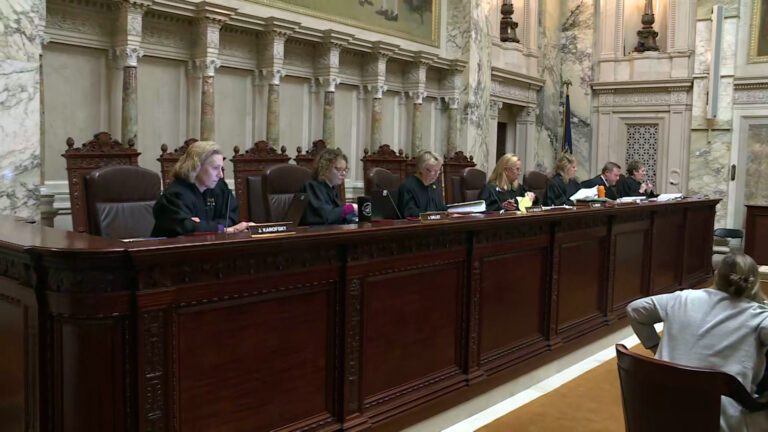

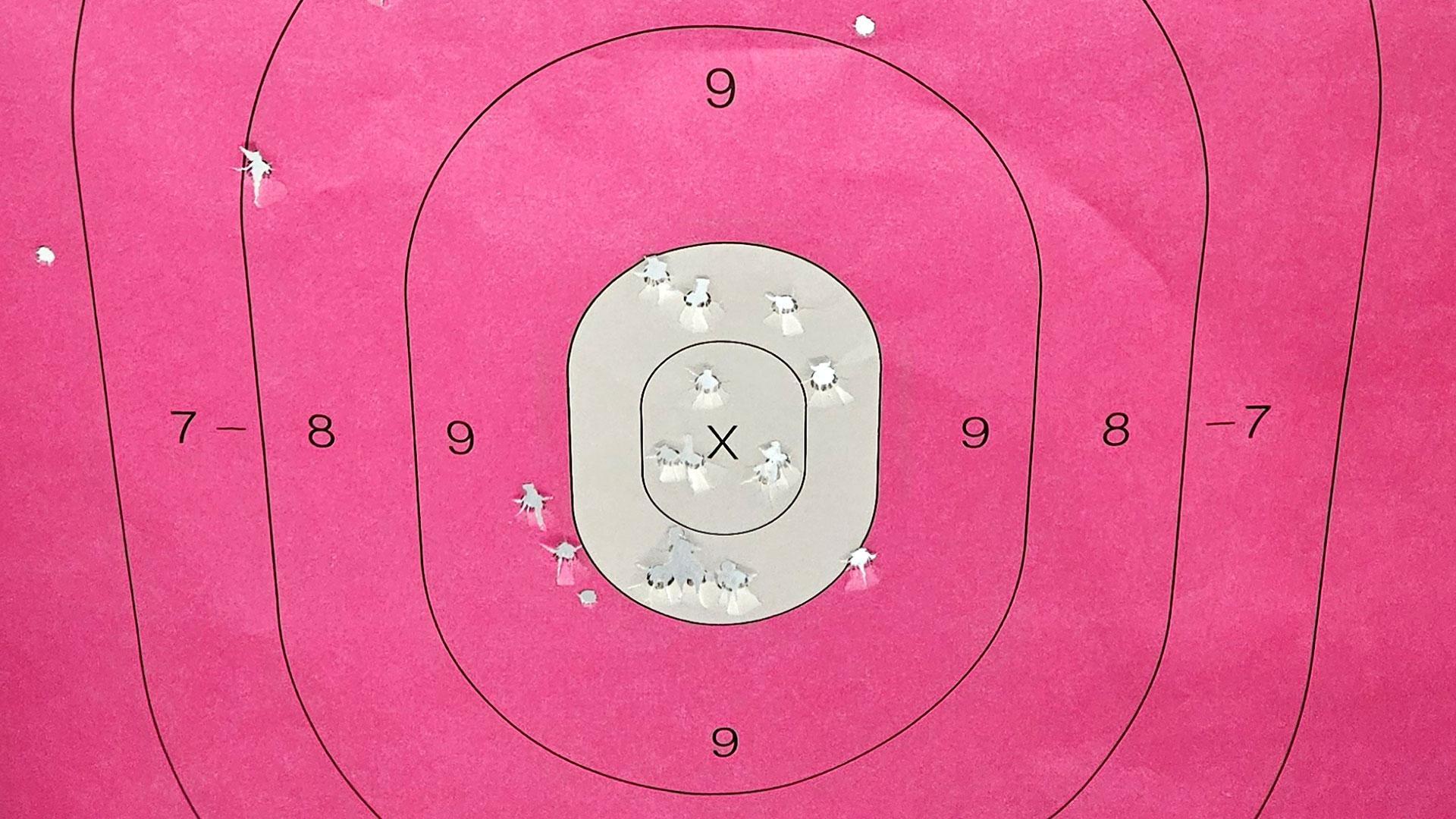

Follow Us